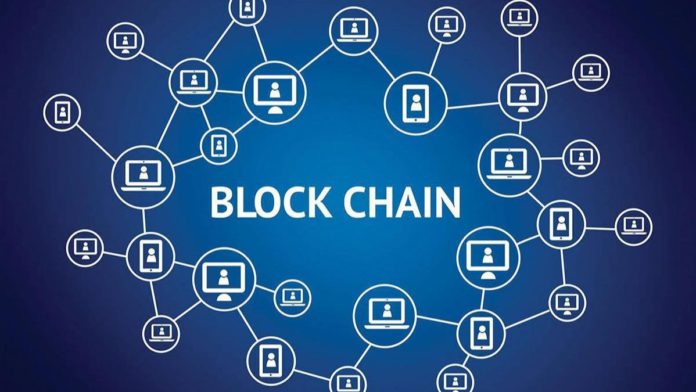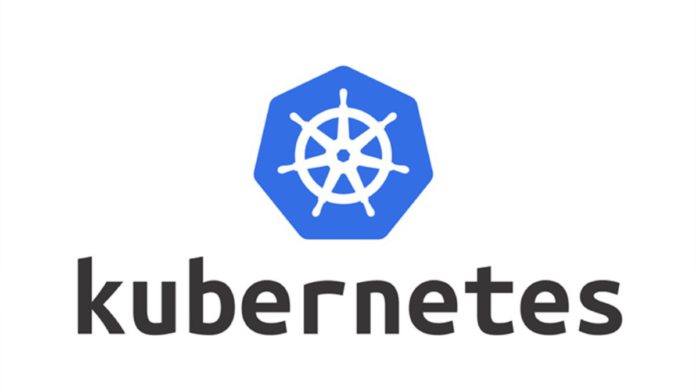Several organizations, including those in the legal industry, use blockchain technology for various business functions. Blockchain enables users to record transactions over a distributed computer network. Since the server is secure and the transactions are permanent, the verification is more straightforward. However, as blockchain processes are steadily becoming a part of more and more financial lives, people are asking whether the blockchain can be hacked.
How safe is blockchain?
According to experts, the blockchain itself cannot be hacked; however, blockchain-adjacent processes can, and that too in several ways. That means that blockchain transactions can be manipulated, and blockchain assets can be stolen. Nonetheless, this is not the reality of blockchain itself. Instead, it is more about the environment in which blockchain assets are owned and traded.
Most of the so-called ‘blockchain hacks’ that have happened in the past few years have been on centralized exchanges. In some situations, one has to use an exchange to trade blockchain assets or cryptocurrency. However, hackers can access digital assets through an exchange platform or network. In simple terms, if we consider the example of Bitcoin, there is no central system to hack because it is naturally decentralized. Exchanges, however, put the assets into a ‘place,’ and those places can be exposed to hackers.
Read More: How Can AI Help The Fate Of Cryptocurrency In India?
There are also instances where some hackers sniff out a vulnerability in an exchange and make off with someone else’s assets. ‘Rug pulls’ are instances where someone gets others to invest in an asset and then take off with their money. However, it must be noted that none of this happens in the blockchain itself.
The 51% Attack
In a given blockchain, the community of owners supports the integrity of network transactions. For example, Bitcoin ownership gets verified using the blockchain ledger, through the consensus of the entire community of Bitcoin owners. If one party manages to gain control of more than 50% of that ownership, then everything related to the blockchain transactions can be manipulated by them. This is called the 51% attack as the accomplishing party is the majority owner, and they have a say in what happens.
It is challenging to execute a 51% attack in reality. It is prohibitive in a network of any size. In a practical sense, it is generally not possible for anyone to own 51% of Bitcoin or Ethereum or any of the other significant blockchain assets.
Smart Contracts
During the past couple of years, new advancements have occurred in the blockchain security world, including the introduction of smart contracts. Smart contracts allow putting data and code executions on the blockchain. They can be considered non-financial blockchain transaction vehicles. Smart contracts started getting popular as users began investing more in cryptocurrency.
According to IBM, one of the benefits of smart contracts is that through them, blockchain transaction records are encrypted, thus making them very hard to hack. Moreover, hackers would have to alter the entire chain to alter a single record as each record is connected to the previous records and the subsequent ones on a distributed ledger.
To conclude, smart contracts will have to be hacked in ways that cryptocurrencies cannot. And if a hacker exploits some aspect of the smart contract that is blockchain-adjacent, it can look like the blockchain is hacked, which is not true.
Conclusion
It is a fact that the blockchain itself as a model is very resistant to almost all kinds of hacking. However, many systems and processes connected to a blockchain and assets have vulnerabilities and can be compromised. This is crucial to be kept in mind as the market continues to see more kinds of crypto coins and smart contracts develop in the constantly expanding network of fintech.











